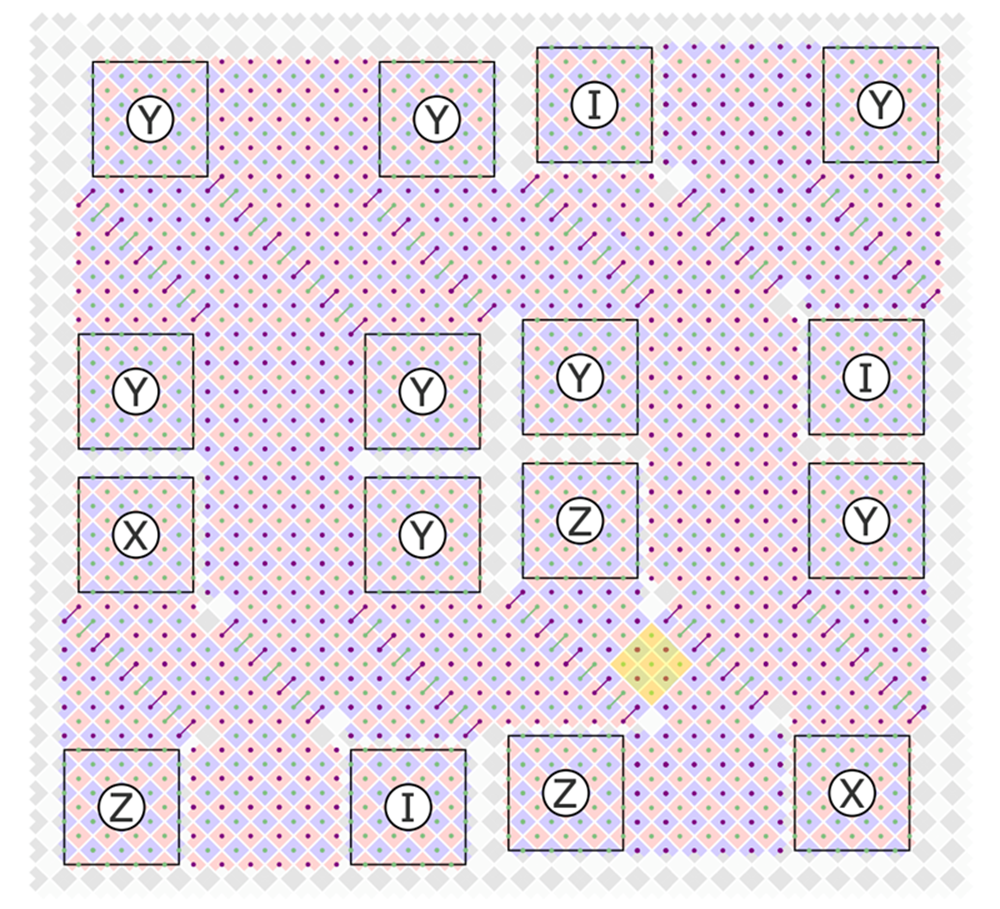The Riverlane team (a British Quantum Company focused on Error Correction) has introduced a new “tangling schedules” method that improves the connectivity issues in superconducting quantum computers without needing hardware modifications. This technique is crucial for scaling up quantum computers, as it helps to correct errors and protect the information stored in qubits.
The method works by reordering some of the two-qubit gates in a quantum circuit, which generates entanglement not directly available on the hardware. This approach does not compromise the fast response times of superconducting quantum computers and brings the field closer to large-scale quantum error correction.
Introduction to Quantum Error Correction and Superconducting Qubits
Quantum computing is a rapidly evolving field, with various types of qubits being explored for their potential advantages and disadvantages. Superconducting qubits, which are essentially miniature circuits, are one such type. They offer fast response times and are based on existing semiconductor technology. However, they also come with a fixed qubit layout and connectivity, which presents certain challenges.
Increasing the connectivity of a fixed qubit layout, such as that of superconducting qubits, is a significant engineering challenge. This is crucial for scaling up quantum computers. The main issue is that by enhancing the connectivity, we inadvertently increase a type of error called crosstalk noise, which makes the circuits less reliable. A more feasible approach is to design quantum error correction procedures to improve the connectivity of these fixed layouts.
Quantum Error Correction: A Vital Tool for Quantum Computing
Quantum error correction is a set of techniques used to protect the information stored in qubits from errors and decoherence caused by noise. As quantum computers scale up, the errors these machines are prone to also scale up, rendering calculations useless unless we can correct them.
Through quantum error correction, multiple physical qubits are used to encode a single logical qubit. This introduces redundancy, which provides protection against errors. The surface code is a promising error correction scheme, due to the limited requirements it places on the quantum hardware compared to other schemes. However, existing proposals to interact logical qubits still require the physical qubits to be connected to one another in a way that is challenging for solid-state quantum hardware, such as superconducting quantum computers.
Tangling Schedules: A New Method for Quantum Error Correction
A new paper from the Riverlane team introduces a method called “tangling schedules”. This technique is the first to enable the measurement of the required long-range stabilisers for logical computation without hardware modification. This provides superconducting companies with a realistic route to scale up without needing to make significant changes to their existing hardware.
Quantum error correction typically works by measuring a set of operators repeatedly via a circuit specifically designed for that purpose. The order in which the two-qubit gates are applied in this circuit, called the scheduling, needs to satisfy a set of rules. The “tangling schedules” method breaks one of these scheduling rules to generate entanglement not directly available on the hardware. This can be used to measure long-range or high-weight operators. The method operates by simply re-ordering some of the two-qubit gates and making some further simple changes to the circuit to measure a product of operators.
Implications and Future Applications of Tangling Schedules
Importantly, the tangling schedules method does not require a substantial increase in the circuit depth, which is the count of time steps needed to execute all the gates in a quantum circuit. Therefore, this method does not compromise the fast response times associated with superconducting quantum computers.
The paper also presents two applications of the tangling schedules method to perform logical computations with the surface code. Future work could investigate how the tangling schedules technique could be exploited for other quantum error correction schemes.
This paper is a significant step forward in making fault-tolerant quantum computing possible on restricted connectivity devices. In doing so, we can unlock more error-free quantum operations and reach thresholds such as the MegaQuOp and TeraQuOp sooner. These thresholds represent points where quantum computers surpass what is possible on classical machines and unlock truly world-changing applications. With the tangling schedule method, surface codes can run on a connectivity structure that already exists, which is a much more realistic method than expecting hardware companies to catch up with the theory.
External Link: Click Here For More

